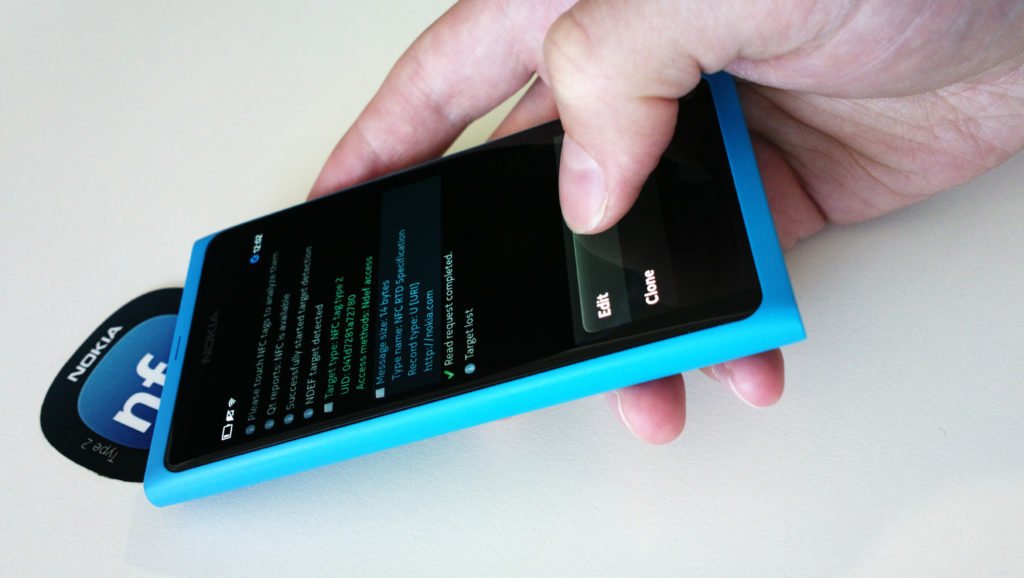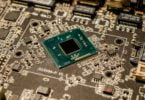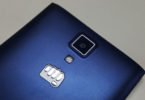One piece of technology that has gained a lot of attention over the past year is Near Field Communication, or NFC. Initially developed in 2004 and pushed forward by a few different companies, NFC technology has seen steady growth in countries like Japan and is starting to catch on in the United States.
Near Field Communication (NFC) Explained

Google has emerged as one of the biggest proponents of the technology, including it in their last two Nexus smartphones and developing a cash-free banking system known as Google Wallet. Still, millions of people don’t even know what NFC is.
Just as the name suggests, NFC is a technology for allowing two devices to communicate while touching or at a very close range. Generally speaking, this distance isn’t any further than a few centimeters and the devices can communicate once a connection is established.
In some cases this communication is one-way, with one device being limited to reading and the other to sharing. In other cases the communication is two-way, letting devices send information back and forth.
This functionality opens up a broad range of uses for NFC. Mobile payment systems stand to gain the most from the technology with Google Wallet leading the way while other companies develop their own services.
NFC can also be used to share data between two devices, such as scanning an NFC tag on a product to learn more about its features. Some have begun to explore its potential for security, allowing it to aid in Wi-Fi authentication. Instead of having to remember passwords and log on information for individual networks, a person with an NFC-enabled laptop could simply touch it against an NFC-enabled router.
Future uses of the technology might also include using it for keyless locking systems and healthcare solutions.
Many of the envisioned functions for NFC, such as payment solutions, simply replace what is already being accomplished with other technology. The main reason for this is that NFC offers a number of advantages over current solutions. The quick and simple exchange of information is a major advantage of the technology. In addition to providing the details of a product, a NFC tag could allow museum visitors to learn the history of a painting or artifact.
In the case of the aforementioned payment solutions, the advantage is convenience and security. NFC makes payments more convenient by reducing the number of cards consumers must carry and keep track of. At the same time, mobile payment solutions that are built into phones and based on NFC are more secure because of the process required to use them.
First, the NFC device must actually make contact at the point of transaction. A thief can’t swipe an NFC-enabled phone and then use it to make purchases on the Internet. Second, if a device is lost or stolen, it can be quickly deactivated using security software that’s already widely available for smartphones. Consumers are also likely to notice that they’ve lost their phone much faster than they would notice that they’ve lost a debit card.
The disadvantages of NFC are fairly minimal, the most notable being that the technology has not been widely adopted in the United States. Retailers aren’t rushing to install NFC payment solutions because few consumers have NFC devices, and device manufacturers aren’t rushing to integrate NFC into their products because consumers have few uses for it.
This is an issue that will likely iron itself out in the next few years as the companies behind NFC push for widespread adoption.
The potential for NFC is vast and a large amount of it remains untapped. The most popular consumer application of NFC is currently in smartphones, but phones that feature the technology are still relatively scarce in the American marketplace.
However, this trend is expected to change dramatically within the next few years as Research and Markets predicts 2.4 billion handsets to ship in 2016, the majority of them featuring NFC technology. NFC tags can also be expected to see an increase in popularity as the market penetration of NFC expands.
It still remains to be seen whether or not NFC becomes as popular as anticipated, but with manufacturers planning on pushing the technology, the chances are good. The success ultimately hinges on whether or not consumers see the value in utilizing NFC, but it’s hard to imagine that with its wide variety of uses, it will not become a must have feature.







Leave a Comment
You must be logged in to post a comment.